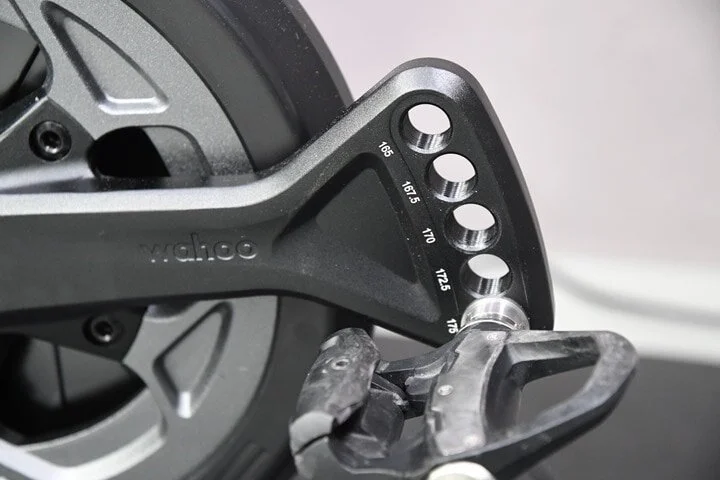Let’s talk sweep for mountain bike bars. There are lots of options out now which is great as there is something for everyone!
First of all, let’s get it out of the way. People are different. I feel smart just saying it. There WILL be someone that disagrees with this and rides super sweep bars, flat bars, or drop bars on their mountain bike and love them. Keep loving them.
Now, moving beyond “people are different” and “it depends”.
Let us assume here that bar width is close to what I consider natural, about the same width you would do pushups at and the bar drop and reach isn’t crazy. If you hold a bar in front of you about halfway to your chest you will notice your upper arms “bird wing” about 30 degrees out from your torso. Notice if you really force them you can bring them up to about parallel to the ground or if you force the elbows down with the bar in the same position you can maybe get them to 15 degrees out from your ribcage.
This means about 30 degrees upper arm away from torso is pretty normal. Now that the hand is in position we can talk about the angle of it. We want the wrist here in a position where it is balanced in ulnar and radial deviation or if you think about throwing a punch, the wrist would be straight….basically it would take an equal amount of load on either side of the thumb or the pinky to deviate the wrist. THIS is neutral.
Also you can turn your forearm vertical with palm toward you and hold a bar with equal weights on each end and see what angle the bar lands at to balance itself. For me this was about 8 degrees relative to the forearm.
Guess what? I ride an 8 degree backsweep bar. This gives a comfy and efficient position where force can be transmitted through the bars and through the upper extremity without undue stress on the wrist.
I would encourage everyone to try this as you might like a bar close to 15 or 20 degrees sweep. I have heard folks mention holding pencils out in front of you and seeing how they point. I think this is a poor test since there is NO load put through the joint and the other relevant upper extremity angles aren’t the same as on a mountain bike. Yet again, if you think that test rules and mine is awful, that is cool with me.
There ya have it. I think the stock 9 degree sweep on most bars is really nice and a good starting point. If you want to try down to 6 degrees or up to the higher sweeps feel free to but beware as the sweep increases it typically forces a riders elbows down to their ribs giving less leverage in technical riding. This could be fine for a commuter or touring bike maybe. Shoulder injury status can also impact bar choice here so if things hurt...try some different setup tactics. Same for hand and wrist pain or numbness. If a normal setup isn’t working, try a less normal setup!
For most bars the logo near the stem should face forward and you can fine tune that rotation to your comfort but be careful not to roll them too far forwards as this tends to make people lock the elbows. I also check and document upsweep measured at the grip. This improves setup consistentcy. Hope that helps and I’m happy to answer any questions!





